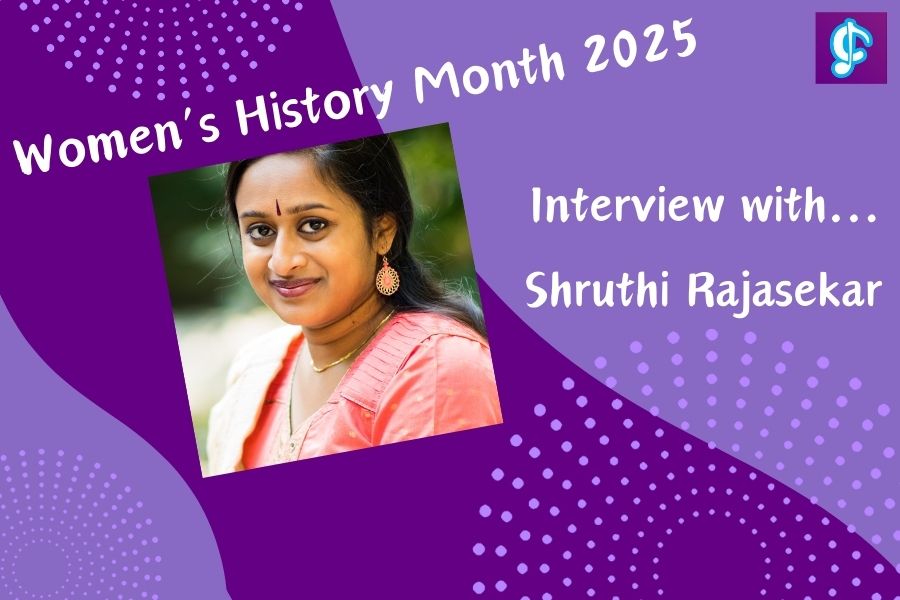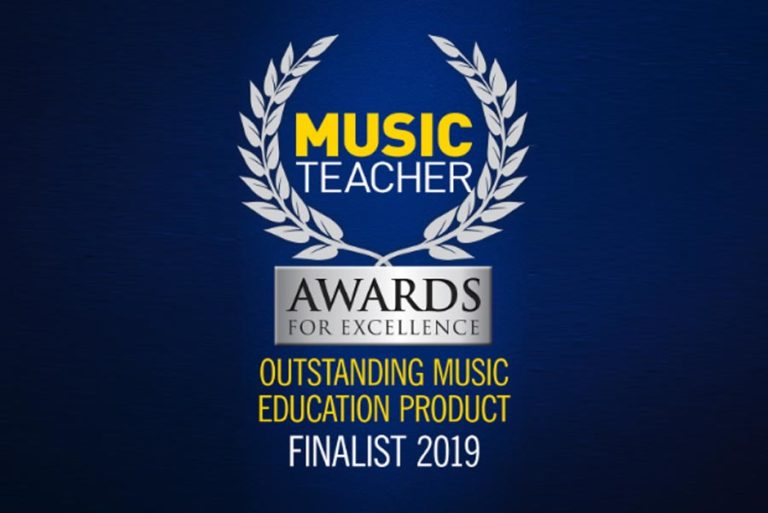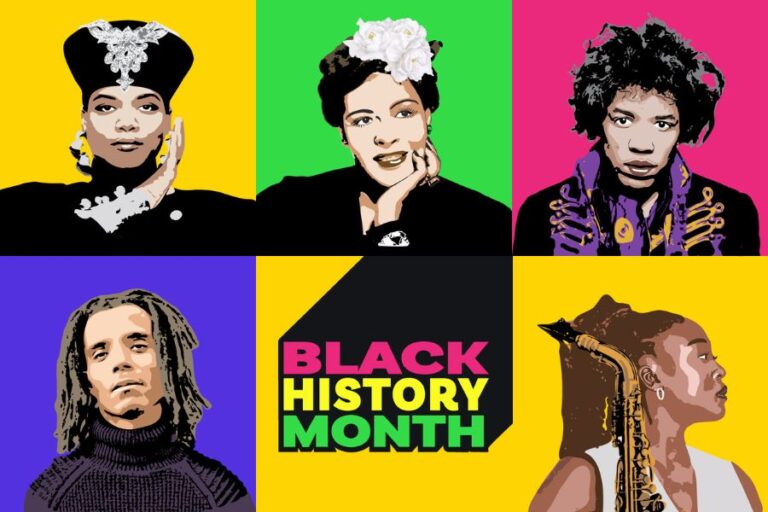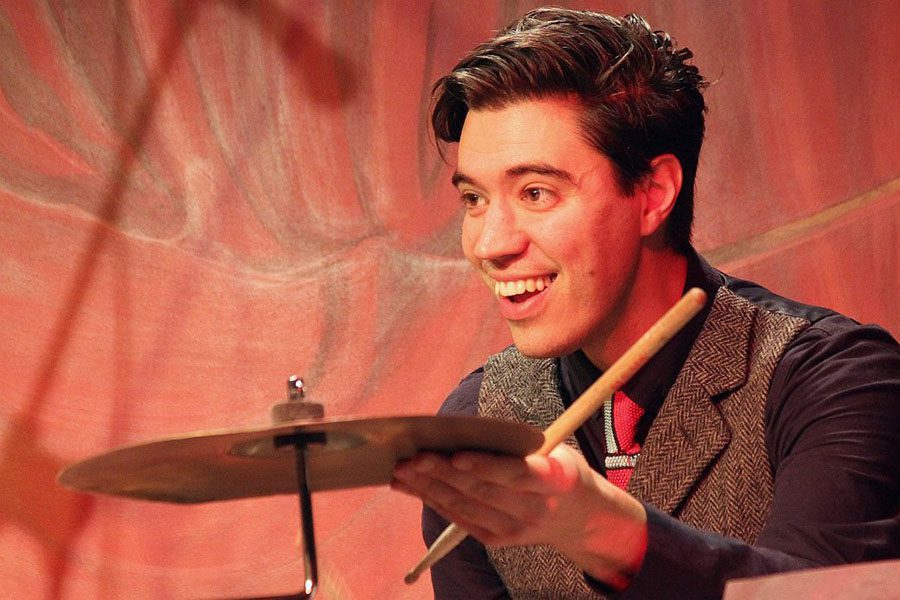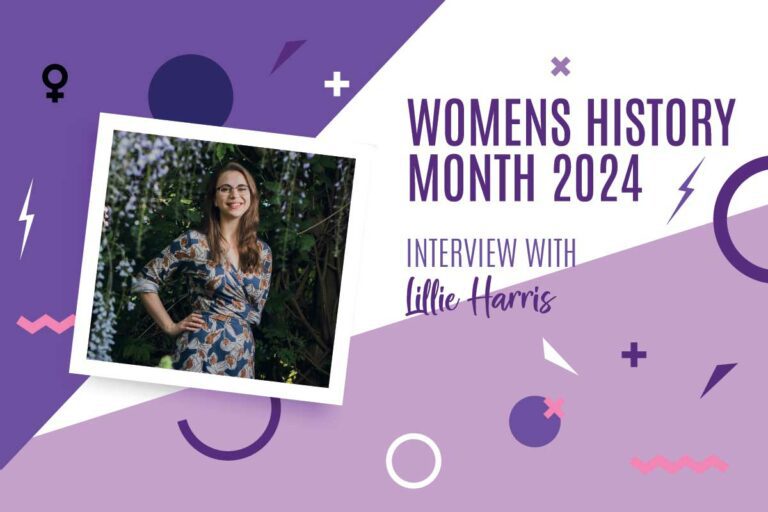Shruthi Rajasekar is an award-winning composer, performer and vocalist. Here she talks about her influences, inspiration and what it means to be a multi-cultural composer…
What or who were your musical influences growing up?
I began my musical studies in Carnatic music, the classical tradition of South India. I grew up immersed in this world since my mother, Nirmala Rajasekar, is a professional Carnatic musician. Simultaneously, I was very curious about other music genres that I was exposed to while growing up in the United States, a curiosity my mother encouraged — and nurtured, through her own cross-cultural collaborations with improvisers from new music, jazz, and other world traditions. All of these musical experiences had a huge impact on me!
This is a composition written for the very improvisers who lit my childhood musical imagination. It was a reunion for us to make music together after all these years:
As an Indian-American musician (composer & vocalist), how have you explored your own identity through composing?
In many ways, my “first” language of music is Indian classical music, and the wide diversity of sound in South Asia is constantly a source of inspiration for me. Culturally, I am often inspired by stories of resilience and courage in the past and present.
Looking at your events schedule you’re very much in demand! How do you juggle the demands of a busy composing and performing schedule?
I sing throughout every composing project! My voice is one of my most important creative tools. I’m lucky that I get to stay connected to my body while creating, which also generally helps ground the project. But yes, performance practice still needs to be done at a separate time, particularly because I perform in more than one tradition. It can be tricky! It helps when a spree of compositions or performances are grouped together in my schedule.
Tell us about your involvement in the ABRSM composer mentoring programme…
I was fortunate to take part in the ABRSM scheme a few years ago; I believe I was part of the first iteration. The programme was wonderful because we learned firsthand the particular requirements of composing educational music. One of the pieces I wrote in the programme eventually became my contribution to the Piano Grade 1 series for 2023-2024.
Your music is published in several ABRSM practical lists for piano & violin. What are some of the challenges with writing for a graded syllabus?
The Grade 3 piano piece I composed for the 2025-26 syllabus (The Quiet of the Night) was my third composition for ABRSM so I was slightly more familiar with the grades this time round. This particular piece uses some Carnatic music theory, which was fun to apply in this setting. It was a balancing act to include these Indian music principles alongside the Western classical technical aspects that ABRSM is hoping to impart to the students. Each musical system has its own priorities and parameters, and what is considered introductory in Carnatic music might not be the case in Western classical music (and vice versa). I think we managed to get there in the end!
The 2024 Chandos album ‘Welcome Joy – A Celebration of Women’s Voices’ features the works of 7 female composers including your response to Gustav Holst’s Rig Veda. How was the rehearsal and recording process?
Something I really appreciated was how the ensemble and their director (Freddie Crowley) included me throughout the process, even in the recording – which is a real feat, because I was tuning in from the United States! I think they had to run an internet cable from the vicarage next door to the church where they were recording; they went to great lengths to make sure I was part of it. These are the world premiere recordings and performances of these works, so I particularly appreciate their extreme attention to detail. The entire album is gorgeously performed.
See the full list for the Chandos album Welcome Joy – A Celebration of Women’s Voices.
Last March your music was performed by the United Nations Symphony Orchestra for the Global Women in Music concert – how important are concerts like these for highlighting the works of female composers?
It was really special to be a part of this concert, particularly with my mother, my lifelong role model, performing alongside the United Nations Symphony Orchestra. The organization’s founder, Veronica Sabbag, has been doing gender advocacy work for a long time – in fact, she and I first met when she organized a Global Women in Music event in Rome. At the time, I was living in the UK, and I saw that in some ways, conversations around gender equity in music are further along in Europe than they are here in the US. By creating this event as part of the United Nations Commission on the Status of Women in New York City, Veronica and her team highlighted the need to include women and gender minorities in every sector of life – including music.
When composing, how do you like to work – pencil and paper / computer software?
I use both pencil and computer! In addition to switching between manuscript paper and notation software, I often make recordings of my ideas that range from the initial seed to a complete piece. I sometimes also write or draw my ideas (in non-musical terms) because it helps me think about the piece in new ways.
Can you give an example of how your music “highlights identity, community, and joy”
My music certainly reflects my cultural identity, and I often more generally explore what it means to have a multicultural background. At the core of my work, I believe that art spaces have a potential for community engagement that extends beyond traditional civic spaces because we can reach people who might not otherwise wish to discuss issues and inequities in our world. In composing works for cross-genre forces, I also have the chance to bring different audiences together to reflect on these themes. In my view, art creates a place for dialogue, nuance, and transformation. To me, this political work is as important as highlighting everyday moments of beauty and joy. Music can do all of that – and more.
And finally, what are your 3 top tips for any aspiring composers?
- You and your work matter! Whether you’re writing it down in Western notation or not, any sonic creativity counts as composing. Don’t be scared to own that term!
- If you’re interested in concert music composition (i.e. working with live musicians), ask your friends and peers to play/sing through the music you’re working on. It can be as simple as approaching your school’s ensemble or music teacher – that’s how I first did it. The experience of hearing your music live is always transformative.
- This last tip is a reminder I often need: sometimes composing feels like you’re sprinting headlong down a hill (i.e. you can barely keep up with the speed of ideas hurtling towards you!) and sometimes it feels like you’re stumbling every few steps. That’s okay. Creativity ebbs and flows. Be gentle with yourself; whatever tangle you’re in will always work itself out. Many times, the hardest pieces to write will give you the most worthwhile experiences.

About Shruthi Rajasekar
“[Shruthi] Rajasekar has allowed boldness to be her guiding light in the journey through her dense and evocative creativity… Rajasekar will continue to sail forward, into a cartography of her own delineation.”
– The Seattle Times
Composer and performer Shruthi Rajasekar is a Jerome Hill Artist Fellow, Associate of the Royal Northern College of Music (ARNCM), winner of the Global Women in Music Award from the United Nations, and recipient of the Marshall Scholarship from the Government of the United Kingdom. Shruthi’s music draws from her deep roots in the Carnatic (South Indian classical) and Western classical traditions. Her work highlights identity, community, and joy. Globally, Shruthi’s compositions have been featured at the Royal Albert Hall (London, UK), the Cannes Film Festival (France), the National Centre for Performing Arts (Mumbai, India), Victoria Hall (Singapore), and the United Nations’ COP 26 (Glasgow, UK). She has been a performing artist and artist-in-residence at Britten Pears Arts, Tusen Takk Foundation, and Norway’s Kampenjazz. Shruthi lives in Minnesota and serves on the Board of Directors of the Anderson Center and of chamber ensemble Zeitgeist.
Website: https://www.shruthirajasekar.com/
